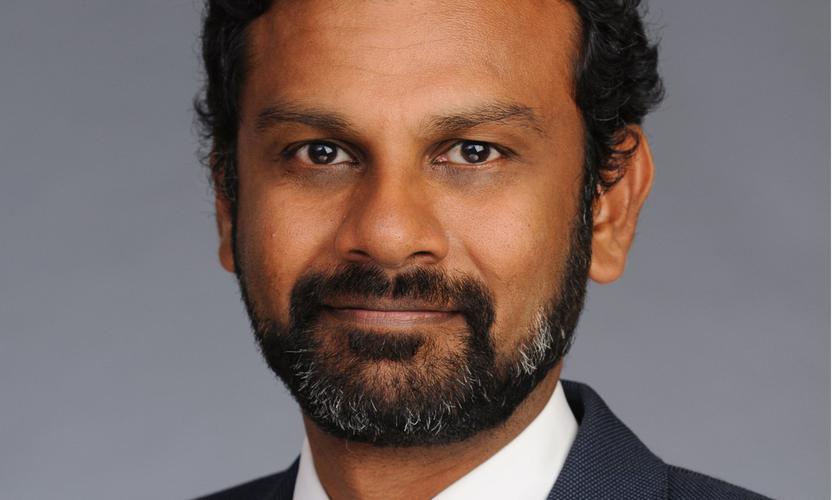Demographic changes are reshaping the investment landscape in many ways. Wealth is now increasingly concentrated in the hands of over-55s. These are investors who have toiled and saved through the accumulation phase. What they need now is an income stream in retirement that doesn’t risk the capital they’ve built up.
Pension funds and insurance companies are taking steps to cover their liability profiles in the face of these new demographic realities. But to do that they need assets that generate income. Equities carry too much risk. Even defensive stocks are too sensitive to market vacillations for some needs. And thanks to the mass purchase of bonds by central banks in the last 10 years, fixed income, the former mainstay of pension funds, is only delivering the first half of its name. So institutional investors need an alternative. And that’s where contractualised income can step in.
This involves private market exposure to a real asset that comes with a contractual obligation to pay the owner a regular income for an extended period of time, often rising in line with inflation. Most importantly, the income streams have little correlation to the underlying business cycle. Exposure is often via private ownership but can also take the form of long-dated debt, trade finance receivables (a way of pledging future income to raise finance now) and project finance. At an asset level, contractual income can come from long-lease property, ground rent, utilities, airports, toll roads, railway rolling stock, mobile phone masts, social housing, schools, data centres, student accommodation, marinas, care homes, and renewable energy projects - among many others.
These assets suit long-term investors happy to assume the illiquidity risk in exchange for diversity and contractual certainty at a higher return than corporate bonds. A recent report found that infrastructure and real estate investments by sovereign and pension funds rose by 165 per cent and 120 per cent respectively between 2009-2017. The trend has been particularly pronounced in the UK, where recent government regulation has encouraged investment in real assets. Pension funds now fully or part-own London Tideway, a new ‘super sewer’ under construction under the city, the Eurostar rail company and numerous UK airports.
Weighing up the pros and cons
On one hand, contractualised income can be a sensible way to match the duration of liabilities. It offers access to cashflows from assets that are not in the public domain. The income streams are weakly correlated with each other and with the broader business climate, helping to diversify a portfolio. It also provides an excellent opportunity to finance environmentally and socially conscious projects.
However, the recent rise in demand has caused prices to rise and yields to fall. While supply may not be fixed, it is certainly constrained, and many of the choicest assets have already been snapped up. Investors are now moving into more esoteric assets in search of yield. What appears to be a very safe asset class still has sources of risk.
Low risk, not no risk
Firstly, the investment horizon for secure-income assets is considerably longer than other asset classes, including traditional real estate. The 25-odd years that is a typical investment horizon for such assets is long enough for regulatory, technological and societal changes to render pockets of the economy unrecognisable. This type of risk is notoriously difficult to weigh accurately, made harder still by the illiquidity of the investments in question.
Secondly, the political climate is evolving. Governments are savvier these days, less willing to sell state assets at attractive prices and more willing to scrutinise state-guaranteed income on regulated assets. Populism is tilting the debate around public and private ownership. In the UK there is a reasonable chance that the Labour Party could ascend to power in the next few years on a manifesto that promises to renationalise water provision and railways in the UK.
Lastly, and perhaps most importantly, because this trend has only taken hold in the past 10 years, cashflows from these assets have not been tested throughout an entire economic cycle. The business models that support their income streams have not come under significant pressure in many industries since the financial crisis. They may be a contractual obligation, but that does not mean the creditor will be able to honour that contract. This is especially pertinent as investors are steered into more arcane assets.
Business risk is paramount
Analysing the business risk that underwrites cashflows is an important aspect of real asset investment. An example from our own experience is our purchase of three logistics warehouses in Germany between 2012-2015. In addition to a full analysis of the property, we were also able to use our proprietary research to assess the business risk of the tenant, DHL. Even as the dynamics of global trade have come under threat in the last few years, the income stream is backed by a diversified conglomerate which is 30 per cent owned by the German government, making a default on obligations unlikely.
We secured investment grade covenants on the 10-year leases agreed with the company at an average yield of 6.8 per cent, a healthy premium for illiquidity compared to the 3 per cent and 1.5 per cent that DHL’s equity and bonds were yielding at the time.
Another example, also from Germany, is the purchase of warehouses for Do It Yourself retailer Toom in 2016 and 2017. Much of the sector is facing stiff competition from internet retailers, but we felt Toom would be able to leverage its physical presence to become effective through this channel itself. The DIY sector is also a proxy for the German housing market which we expected to remain buoyant. And the problems affecting the broader retail sector allowed us to secure 15-year inflation-linked leases at an average yield of 6.6 per cent, a premium of between 1.5-2 per cent over a conventional food retailer.
The human trait of extrapolating the present into the imagined future is difficult to dislodge. Whatever comes after this cycle - be it downturn, transition period or renewed growth - will put some parts of the economy that may look very secure now under stress. Many contractualised income assets will weather the storm. But as real asset owners move into ever-more niche areas, a deep appraisal of the business on the hook for the cashflows and not just the underlying physical assets is paramount.
The growing ranks of elderly investors with lower risk appetites means that contractualised income will play a bigger role in portfolios in the future. But at the same time the speed of disruption is getting faster, making it more important to effectively assess credit risk in private markets. A contract reduces risk but cannot eliminate it altogether. It is our job as investors to make sure the risk we do choose to take is priced in our favour.









































